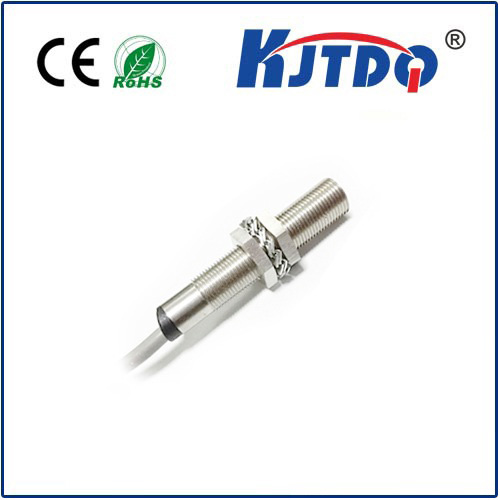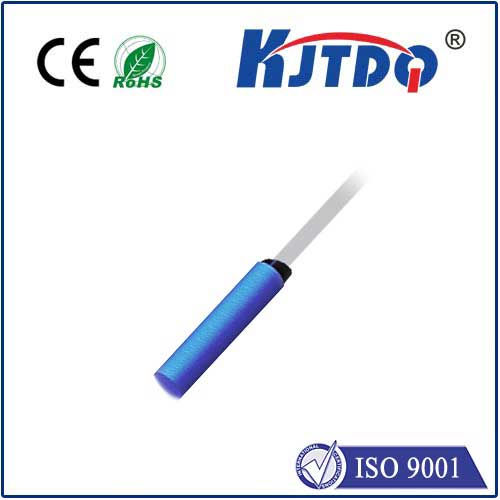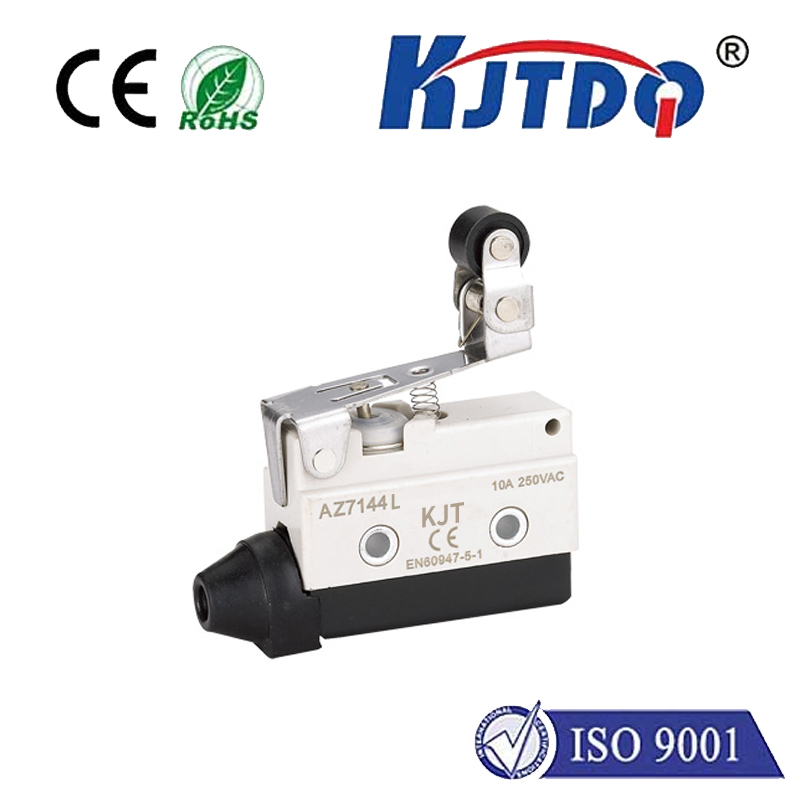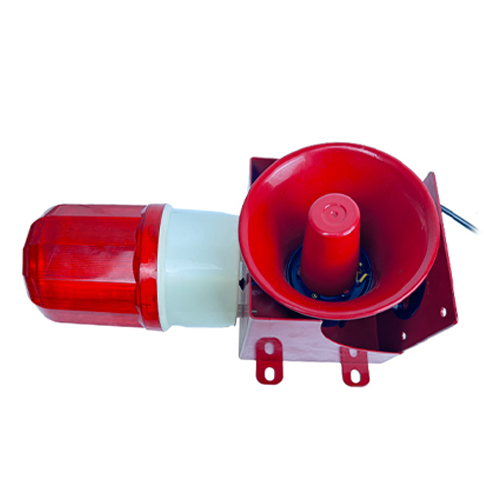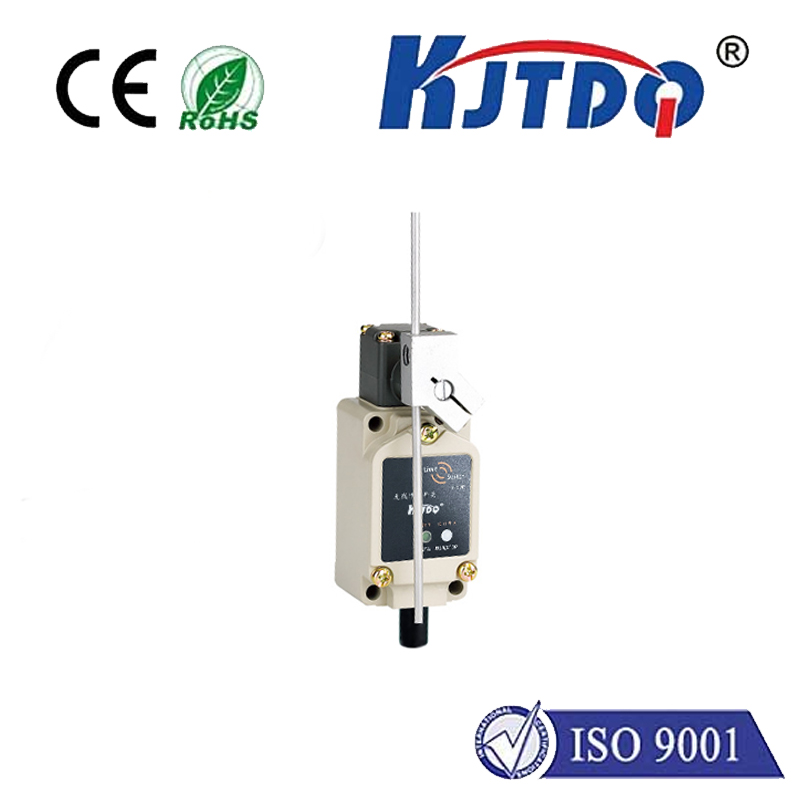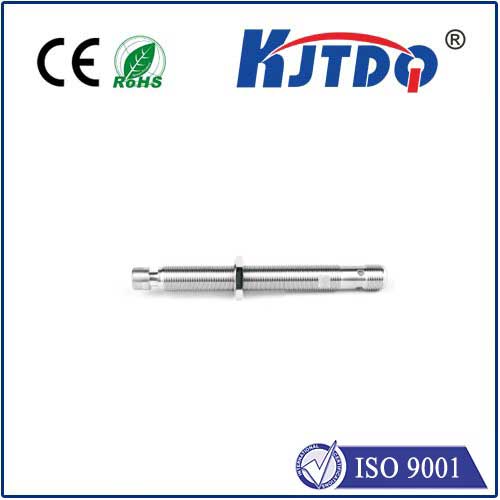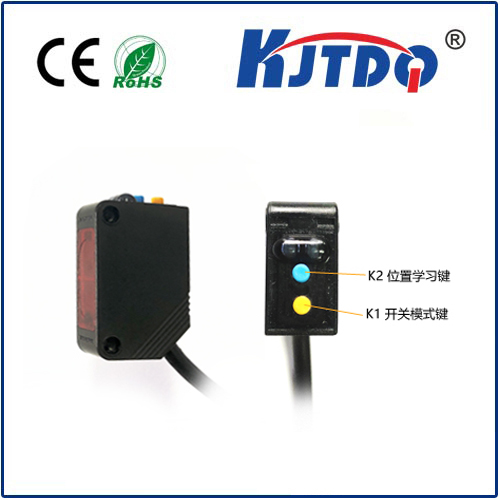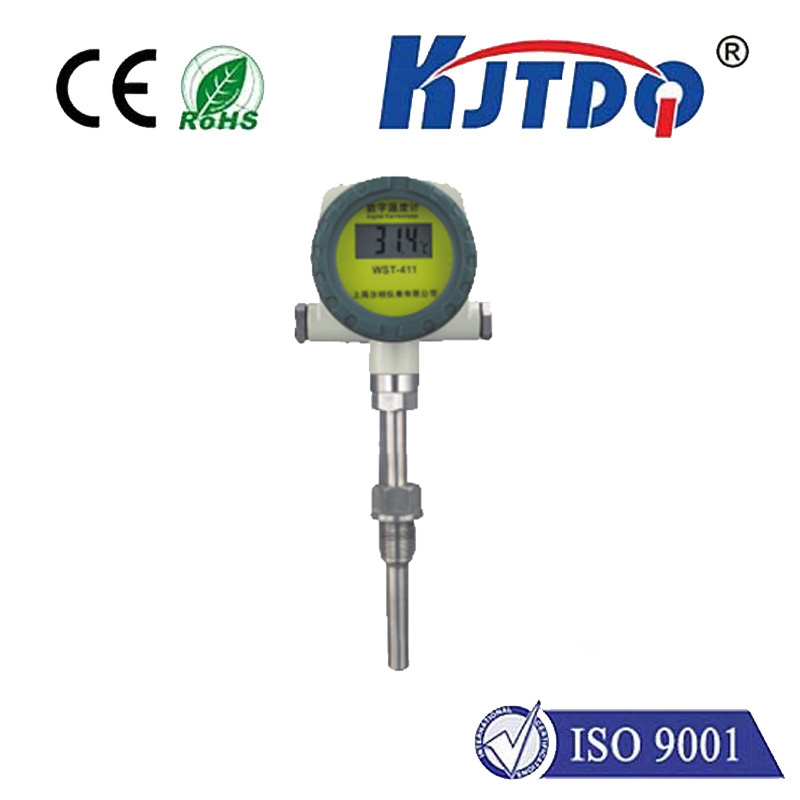

check

check

check

check
In the ceaseless hum of modern factories and the intricate ballet of automated systems, countless components work silently, tirelessly, ensuring precision, safety, and efficiency. Among these unsung heroes stand proximity sensors – the critical “eyes” and “feelers” of machinery. And when robustness, reliability, and widespread utility in detecting metal are paramount, the BES05N0 inductive proximity sensor emerges as a cornerstone technology. This sensor exemplifies how a seemingly simple device can have an outsized impact on industrial operations, preventing collisions, confirming positioning, and counting parts with unwavering consistency.
So, what exactly is the BES05N0? At its core, it’s an inductive proximity sensor, a type of non-contact switching device. Unlike mechanical switches that require physical touch, inductive sensors generate an electromagnetic field. When a metal target – typically ferrous metals like steel or iron, but also detectable non-ferrous metals depending on the specific variant and setup – enters this field, it induces eddy currents within the metal. This interaction causes a measurable change in the sensor’s oscillation amplitude. The sensor’s internal circuitry detects this change and triggers a solid-state NPN output switch, signaling the presence or absence of the target without ever making physical contact. This fundamental non-contact detection principle is key to its durability and longevity.
The significance of the BES05N0 lies in its standardized design and proven performance within the demanding M12 form factor. Its cylindrical threaded barrel (M12 x 1) body makes it incredibly easy to install and replace in countless industrial mounting points. Designed for flush mounting, its sensing face can be installed level with or recessed behind a metal bracket, offering protection and reducing the risk of damage, particularly in environments prone to impacts or vibration. This standardized design ensures compatibility and simplifies sourcing for maintenance engineers globally.

Durability is non-negotiable in industrial settings, and the BES05N0 is built to withstand harsh realities. An impressive IP67 protection rating signifies its resistance to dust ingress and temporary immersion in water, making it suitable for washdown areas, dusty workshops, or outdoor equipment exposed to rain. Coupled with robust housing materials, this sensor shrugs off the oil, coolant, and grime common on factory floors. Its reliability in challenging conditions directly translates to reduced downtime and lower maintenance costs – a major operational advantage.
Performance specifications solidify its role as a workhorse. While the exact sensing range varies slightly depending on the target material (ferrous metals offer the longest range), it consistently provides a stable and repeatable detection distance. Its operating voltage range typically covers common industrial DC voltages (often 10-30V DC), ensuring compatibility with standard control systems. The NPN normally open (NO) output configuration is widely used and easily interfaces with Programmable Logic Controllers (PLCs), robot controllers, and other automation hardware. The switching frequency, or how quickly it can detect targets passing by, is sufficiently high for most standard industrial automation tasks like position verification or simple counting on production lines.
Where does the BES05N0 proximity sensor truly shine? Its applications are vast and critical:
The inherent advantages of inductive sensors like the BES05N0 are numerous. Their non-contact sensing eliminates mechanical wear on both the sensor and the target, leading to exceptional operational lifespan far exceeding mechanical switches. They operate reliably regardless of surface conditions like dust, dirt, or oil, provided these contaminants aren’t metallic and overwhelming. They offer high switching speeds for fast-moving targets, provide resistance to vibration and shock, and generally boast simple installation and setup. For detecting metal objects in tough industrial environments, they are often the most cost-effective and dependable solution.
Choosing the right sensor involves understanding specific needs. While the BES05N0 excels with metal targets, it’s inherently blind to non-metallic materials like plastic, wood, or glass. For these, capacitive or optical sensors would be required. The sensing range, while ample for many tasks, is finite. Engineers must also ensure the correct mounting style (flush vs. non-flush) and output type (NPN NO is common, but PNP or NC variants exist) match the application’s requirements and the control system’s input configuration. Careful selection ensures optimal performance.
From confirming the precise position of a robotic arm welding a car chassis to silently counting thousands of cans on a high-speed filling line, the BES05N0 proximity sensor operates tirelessly in the background. Its robust M12 housing, resilience against environmental hazards, reliable detection of metal targets, and straightforward integration make it an indispensable component. It embodies the principle of doing one thing exceptionally well. In the complex ecosystem of industrial automation, the BES05N0 proximity sensor remains a fundamental, trusted building block – an unseen guardian enabling safer, smarter, and more efficient manufacturing and processes every single day. Its continued prevalence underscores a legacy of reliability that newer technologies still strive to match in core metal-sensing applications.
